Home>Gardening & Outdoor>Landscaping Ideas>How To Seed Grass In Florida
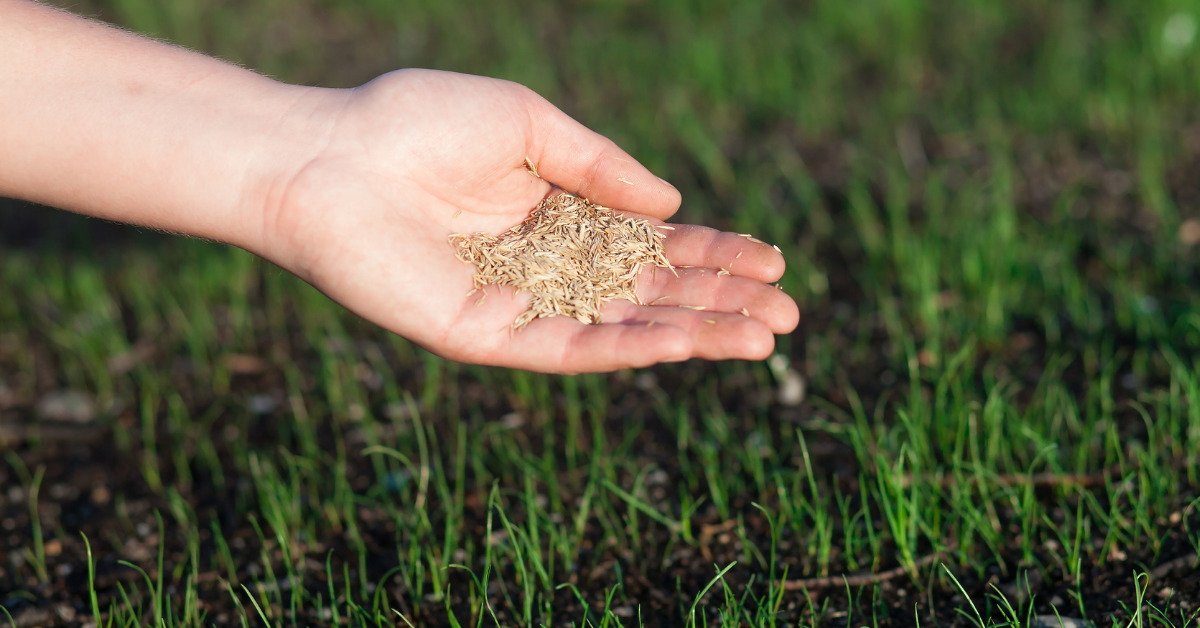

Landscaping Ideas
How To Seed Grass In Florida
Modified: March 24, 2024
Learn effective landscaping ideas for seeding grass in Florida. Discover the best techniques and tips for successful lawn establishment in the Florida climate.
(Many of the links in this article redirect to a specific reviewed product. Your purchase of these products through affiliate links helps to generate commission for Storables.com, at no extra cost. Learn more)
Introduction
Welcome to the sunshine state, where the warm climate and abundant sunshine create an ideal environment for lush and vibrant lawns. If you're a proud homeowner or a landscaping enthusiast in Florida, you understand the importance of a healthy and thriving lawn. One of the key components of achieving a beautiful lawn is selecting and seeding the right grass for your specific region and soil type.
In this comprehensive guide, we will delve into the intricacies of seeding grass in Florida, providing valuable insights and practical tips to help you transform your outdoor space into a green oasis. Whether you're starting from scratch with a new lawn or looking to rejuvenate your existing turf, understanding the nuances of Florida's climate, soil, and grass seed options is crucial for successful lawn establishment.
Join us on this journey as we explore the unique considerations for seeding grass in Florida, from selecting the most suitable grass seed varieties to implementing effective seeding techniques and ongoing maintenance practices. By the end of this guide, you'll be equipped with the knowledge and confidence to seed your lawn with precision, setting the stage for a flourishing and resilient grass cover that enhances the beauty of your property.
So, roll up your sleeves, grab your gardening tools, and let's embark on this exciting endeavor to cultivate a vibrant and thriving lawn that will be the envy of the neighborhood. Get ready to unlock the secrets of successful grass seeding in the diverse and dynamic landscape of Florida.
Key Takeaways:
- Choose the right grass seed for Florida’s warm and humid climate and diverse soil types, such as St. Augustine, Bahia, Bermuda, Zoysia, and Centipede grass, to ensure a thriving and visually appealing lawn.
- Prepare the soil with targeted amendments and conditioning techniques tailored to Florida’s sandy, muck, and marl soils to create an optimal environment for successful grass establishment and robust root development.
Read more: How To Plant Grass Seed In Florida
Understanding Florida’s Climate and Soil
Before delving into the intricacies of seeding grass in Florida, it’s essential to grasp the unique characteristics of the state’s climate and soil. Florida’s climate is predominantly warm and humid, with distinct regional variations that influence the suitability of different grass species. The state is divided into several climate zones, including the humid subtropical climate in the northern and central regions, and the tropical climate in the southernmost areas.
The warm and humid climate of Florida presents both opportunities and challenges for lawn cultivation. While the extended growing season allows for year-round lawn maintenance and care, the high temperatures and humidity levels can create favorable conditions for pests, diseases, and specific grass challenges. Additionally, the state’s diverse soil types, including sandy soils, muck soils, and marl soils, further contribute to the complexity of lawn establishment and maintenance.
When it comes to selecting grass seed for your Florida lawn, understanding the climate and soil dynamics is paramount. Certain grass species thrive in the warm and humid conditions of Florida, exhibiting resilience to heat, drought, and disease pressures. Moreover, the adaptability of grass varieties to different soil types, ranging from well-draining sandy soils to organic-rich muck soils, plays a crucial role in determining the long-term success of your lawn.
By gaining insights into Florida’s climate and soil composition, you’ll be better equipped to make informed decisions when choosing the most suitable grass seed varieties for your specific location. The next section will explore the diverse grass seed options available for Florida lawns, shedding light on the characteristics and requirements of popular grass species that flourish in the state’s unique environment.
Choosing the Right Grass Seed
When it comes to seeding a new lawn or overseeding an existing one in Florida, selecting the right grass seed is a pivotal decision that significantly influences the overall health and appearance of your turf. Florida’s warm and humid climate, coupled with its diverse soil types, calls for grass species that exhibit resilience to heat, drought, and specific environmental stressors.
Several grass varieties thrive in Florida, each with its unique set of characteristics and suitability for particular regions within the state. St. Augustine grass, known for its lush green appearance and shade tolerance, is a popular choice for many Florida homeowners. This warm-season grass variety excels in the state’s humid subtropical and tropical climates, offering excellent adaptability to a range of soil types, including sandy and clay soils.
Bahia grass is another prevalent option for Florida lawns, prized for its exceptional heat and drought tolerance. This resilient warm-season grass is well-suited for the state’s sandy soils and exhibits robust growth in full sun environments. Additionally, Bermuda grass, celebrated for its high wear resistance and rapid establishment, is a favored choice for high-traffic areas and sports fields in Florida.
For shaded areas, particularly in the northern regions of Florida, Zoysia grass emerges as a top contender, showcasing impressive shade tolerance and a dense, luxurious appearance. Furthermore, Centipede grass, with its low-maintenance requirements and adaptability to acidic soils, is a sought-after option for homeowners seeking a hassle-free lawn solution in Florida.
Before selecting a grass seed variety, consider factors such as your local climate zone, sun exposure, soil type, and desired aesthetic appeal. Consulting with local landscaping professionals or extension services can provide valuable insights into the most suitable grass species for your specific location within Florida.
By choosing grass seed varieties that align with the unique environmental conditions of Florida, you set the stage for a resilient, visually appealing lawn that thrives in the state’s warm and humid climate. The next section will delve into the essential steps for preparing the soil before seeding, laying the groundwork for successful grass establishment and growth.
Preparing the Soil for Seeding
Before sowing the seeds for your new lawn or overseeding an existing one in Florida, it’s crucial to prepare the soil to create an optimal environment for grass establishment and growth. The diverse soil types found across the state, including sandy soils, muck soils, and marl soils, necessitate tailored soil preparation techniques to ensure the successful germination and development of grass seed.
For sandy soils prevalent in many parts of Florida, enhancing the soil structure and fertility is essential to support healthy grass growth. Incorporating organic matter, such as compost or well-rotted manure, into sandy soils can improve moisture retention and nutrient availability, creating a more favorable substrate for grass roots to establish and thrive. Additionally, soil amendments rich in essential nutrients, including nitrogen, phosphorus, and potassium, can be applied to address potential nutrient deficiencies and promote robust grass growth.
When dealing with muck soils, characterized by their high organic content and water retention capabilities, ensuring proper drainage is paramount. Amending muck soils with materials that improve drainage, such as coarse sand or perlite, can prevent waterlogging and create a more balanced growing environment for grass seedlings. Moreover, incorporating lime to adjust the soil pH and mitigate potential acidity issues can contribute to the long-term health of the lawn.
For marl soils, which often exhibit alkaline pH levels and high calcium content, soil testing is crucial to assess nutrient levels and acidity. Based on the soil test results, targeted amendments can be applied to optimize the soil conditions for successful grass establishment. This may involve the addition of sulfur to lower pH levels or the incorporation of organic matter to enhance soil structure and nutrient retention.
Prior to seeding, it’s advisable to thoroughly till the soil to a depth of several inches, breaking up compacted areas and creating a loose, friable seedbed. This process promotes better seed-to-soil contact and allows the grass seeds to germinate and develop strong root systems more effectively. Additionally, removing any debris, rocks, or existing vegetation from the site can help create a clean and receptive environment for the new grass seedlings.
By implementing targeted soil preparation techniques tailored to Florida’s diverse soil types, you can lay the groundwork for successful grass seeding and establish an environment conducive to healthy lawn growth. The next section will explore effective seeding techniques specifically suited for Florida’s unique climate and soil conditions, providing actionable insights to maximize the success of your lawn establishment endeavors.
Choose a warm-season grass like St. Augustine or Bahia for Florida. Plant in spring or early summer for best results. Keep the soil moist and avoid heavy foot traffic until the grass is established.
Seeding Techniques for Florida
Implementing effective seeding techniques is paramount to ensure the successful establishment of a vibrant and resilient lawn in Florida’s diverse climate and soil conditions. Whether you’re starting from scratch with a new lawn or overseeding to rejuvenate existing turf, adopting the right seeding approach can significantly impact the germination rate and long-term health of the grass cover.
When seeding a new lawn in Florida, the timing of the seeding process is crucial. For warm-season grasses such as St. Augustine, Bahia, and Bermuda grass, the optimal time for seeding is during the late spring or early summer months when the soil temperature is consistently warm, promoting rapid seed germination and establishment. Planning the seeding process to coincide with periods of active growth and favorable weather conditions can enhance the success of grass establishment.
Prior to sowing the grass seed, consider using a seed spreader to ensure even distribution of the seeds across the designated area. This helps prevent patchy growth and promotes uniform coverage, leading to a lush and cohesive lawn appearance. Additionally, lightly raking the seeded area after spreading the grass seed can facilitate better seed-to-soil contact, promoting germination and early root development.
For overseeding existing lawns to introduce new grass varieties or fill in sparse areas, mowing the existing turf to a lower height before seeding can enhance seed-to-soil contact and improve seedling access to light and nutrients. This practice encourages the successful integration of new grass seedlings with the established turf, fostering a seamless and cohesive lawn surface.
After seeding, gently watering the area is essential to initiate the germination process and provide the newly sown seeds with the moisture they need to sprout and develop. It’s important to maintain consistent soil moisture levels during the initial growth phase, ensuring that the seeds do not dry out or become waterlogged, both of which can impede germination and seedling survival.
Applying a thin layer of mulch over the seeded area can help retain soil moisture, protect the seeds from excessive heat, and prevent erosion, creating an optimal microenvironment for seed germination and early growth. Additionally, monitoring the seeded area for signs of germination and adjusting watering practices based on the evolving needs of the emerging seedlings is crucial for nurturing healthy and robust grass growth.
By implementing these targeted seeding techniques tailored to Florida’s unique climate and soil conditions, you can maximize the success of your grass seeding endeavors, setting the stage for a vibrant and resilient lawn that enhances the beauty of your outdoor space.
Read more: How To Kill Torpedo Grass In Florida
Watering and Maintenance
Proper watering and ongoing maintenance practices play a pivotal role in nurturing a thriving and resilient lawn in Florida’s dynamic climate. From ensuring adequate moisture levels during the early stages of grass establishment to implementing routine maintenance tasks to promote long-term health, strategic watering and care are essential for the success of your grass seeding endeavors.
Following the initial seeding, maintaining consistent soil moisture is critical to support seed germination and early seedling growth. While it’s important to provide ample moisture, overwatering should be avoided, as it can lead to waterlogged conditions that hinder seed germination and promote disease issues. Aim to keep the soil consistently moist but not saturated, adjusting watering frequency based on environmental factors such as temperature and rainfall.
As the newly seeded grass begins to establish and develop, gradually transitioning to a deeper and less frequent watering schedule can encourage the development of robust root systems. Deep watering promotes the growth of deep roots, enhancing the grass’s resilience to drought conditions and reducing its dependence on frequent irrigation. This practice contributes to the long-term health and sustainability of the lawn in Florida’s warm and often dry climate.
Once the grass seedlings have emerged and matured, transitioning to a regular watering schedule that aligns with the specific water needs of the selected grass species is essential. Different grass varieties may exhibit varying water requirements, and adjusting the watering regimen based on factors such as rainfall, soil moisture levels, and seasonal changes can help maintain optimal turf health while conserving water resources.
In addition to watering, ongoing maintenance tasks, such as mowing, fertilization, and pest control, are vital for preserving the vitality and aesthetic appeal of your Florida lawn. Regular mowing at the appropriate height for the selected grass species promotes dense and healthy turf, while proper fertilization provides essential nutrients to support vigorous growth and color.
Monitoring the lawn for signs of pests, diseases, and weed infestations allows for timely intervention to address potential issues before they escalate and compromise the health of the grass cover. Implementing integrated pest management practices and staying proactive in addressing emerging lawn care challenges can help sustain a vibrant and resilient lawn in the diverse Florida landscape.
By incorporating strategic watering practices and diligent maintenance routines tailored to Florida’s climate and soil conditions, you can nurture a lush and enduring lawn that elevates the beauty and functionality of your outdoor space. With the right care and attention, your Florida lawn will flourish, providing a welcoming and visually captivating backdrop for your everyday activities and outdoor enjoyment.
Conclusion
Congratulations on embarking on the journey to cultivate a vibrant and resilient lawn in the diverse and dynamic landscape of Florida. By delving into the nuances of seeding grass in the sunshine state, you’ve gained valuable insights into the essential considerations, techniques, and practices that contribute to successful lawn establishment and long-term vitality.
Understanding Florida’s climate and soil dynamics has provided a solid foundation for making informed decisions when selecting the most suitable grass seed varieties for your specific location. Whether you’re drawn to the lush appearance of St. Augustine grass, the resilience of Bahia grass, or the high wear resistance of Bermuda grass, aligning your choice with the unique environmental conditions of Florida sets the stage for a thriving and visually appealing lawn.
Preparing the soil with targeted amendments and soil conditioning techniques tailored to Florida’s diverse soil types creates an optimal environment for successful grass establishment. By addressing soil structure, fertility, and drainage considerations, you’ve laid the groundwork for robust root development and healthy turf growth.
Implementing effective seeding techniques, from timing the seeding process to promoting even seed distribution and facilitating seed-to-soil contact, has maximized the likelihood of successful germination and the establishment of a cohesive and resilient lawn surface. Additionally, strategic watering practices and ongoing maintenance routines are instrumental in nurturing the long-term health and vitality of your Florida lawn.
As you embark on this exciting endeavor, remember that patience, observation, and adaptability are key allies in your quest to cultivate a thriving lawn in Florida. Embrace the journey as an opportunity to connect with nature, unleash your creativity, and enhance the beauty of your outdoor space.
With the knowledge and insights gained from this guide, you’re well-equipped to navigate the intricacies of seeding grass in Florida, transforming your outdoor space into a green oasis that enriches your everyday experiences and captivates the senses. Your dedication to crafting a vibrant and enduring lawn will undoubtedly yield a rewarding and visually captivating landscape that reflects the unique charm of the sunshine state.
So, as you set out to seed your lawn with precision and care, may your efforts bloom into a lush and resilient tapestry of green, serving as a testament to your commitment to creating a welcoming and visually captivating outdoor sanctuary in the heart of Florida.
Frequently Asked Questions about How To Seed Grass In Florida
Was this page helpful?
At Storables.com, we guarantee accurate and reliable information. Our content, validated by Expert Board Contributors, is crafted following stringent Editorial Policies. We're committed to providing you with well-researched, expert-backed insights for all your informational needs.
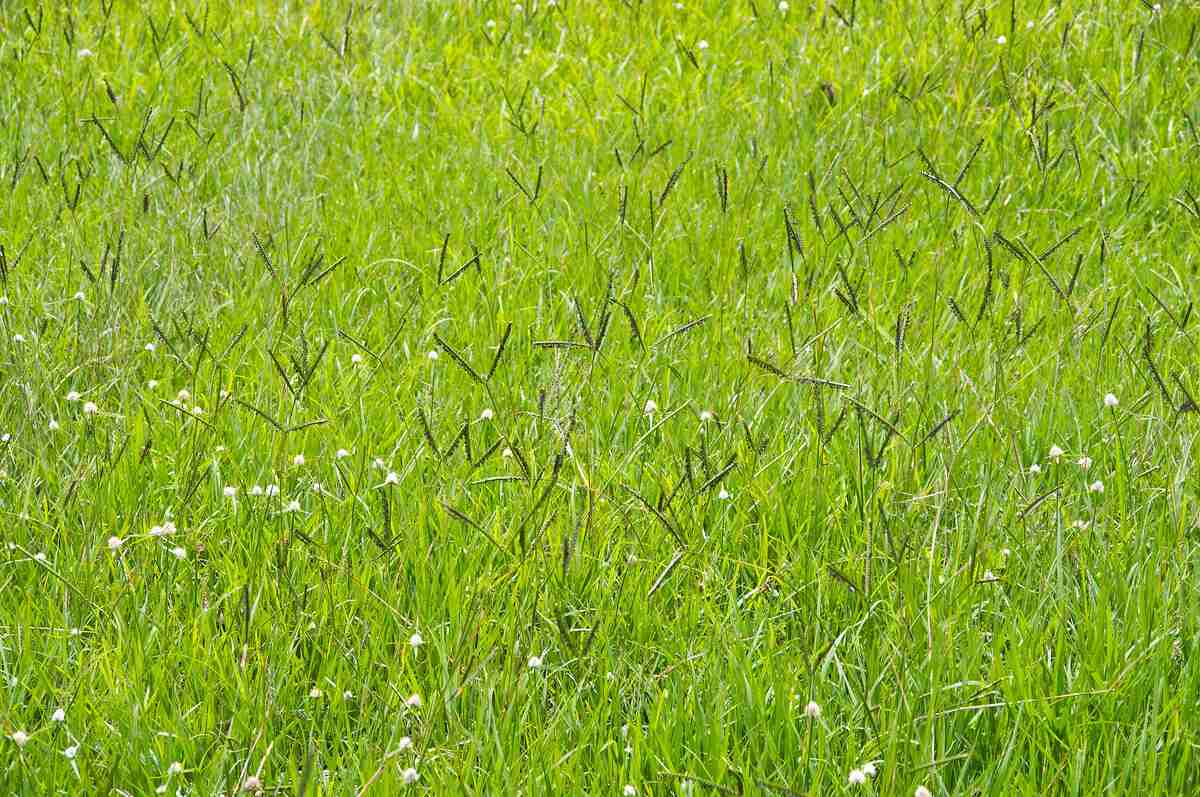
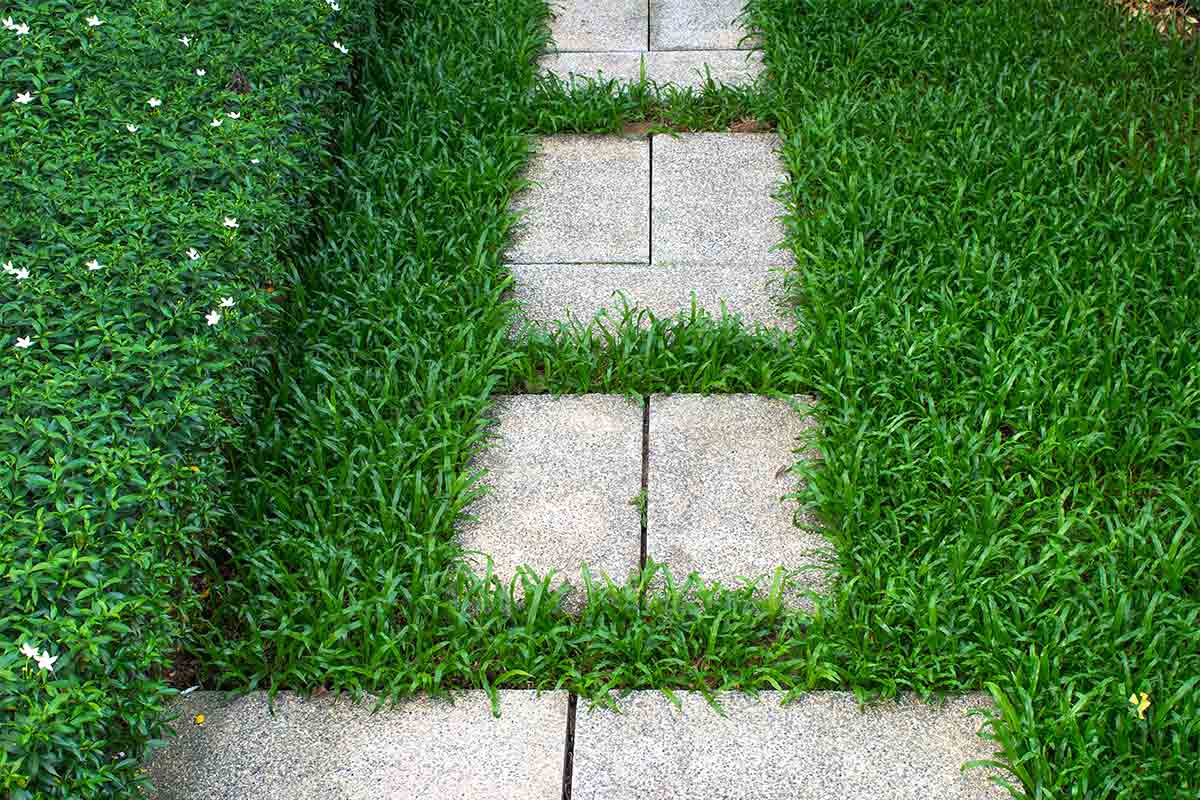
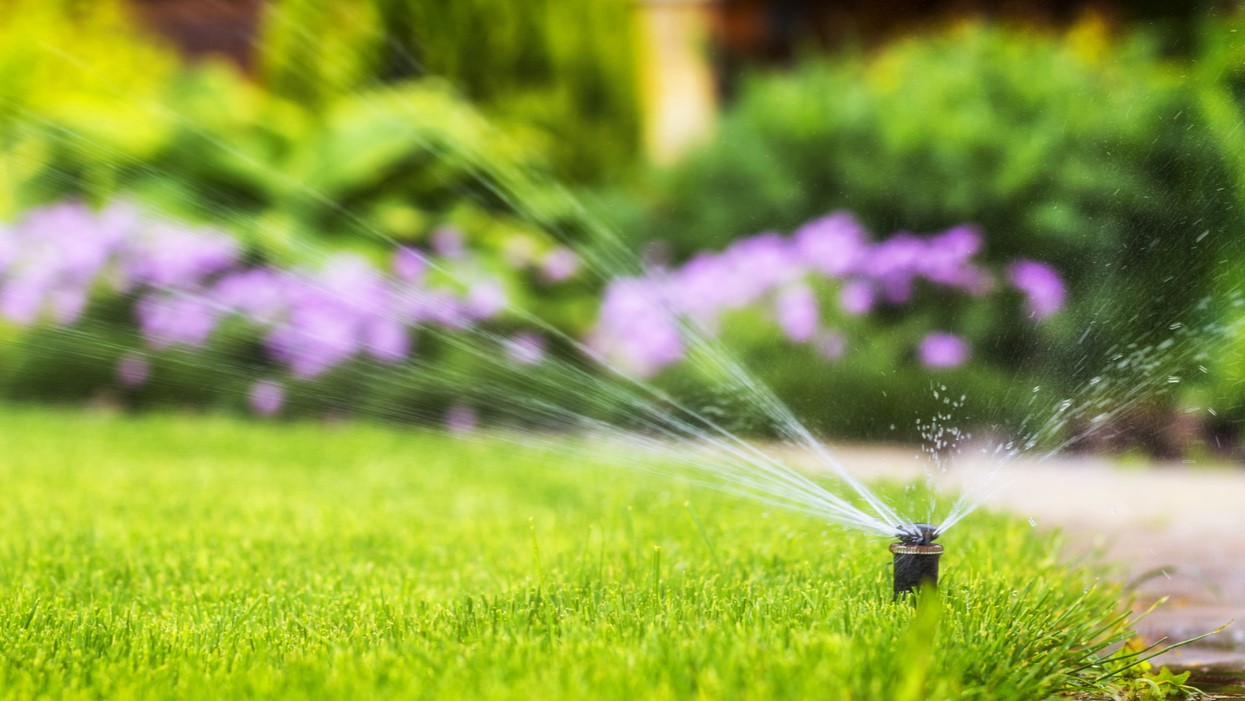
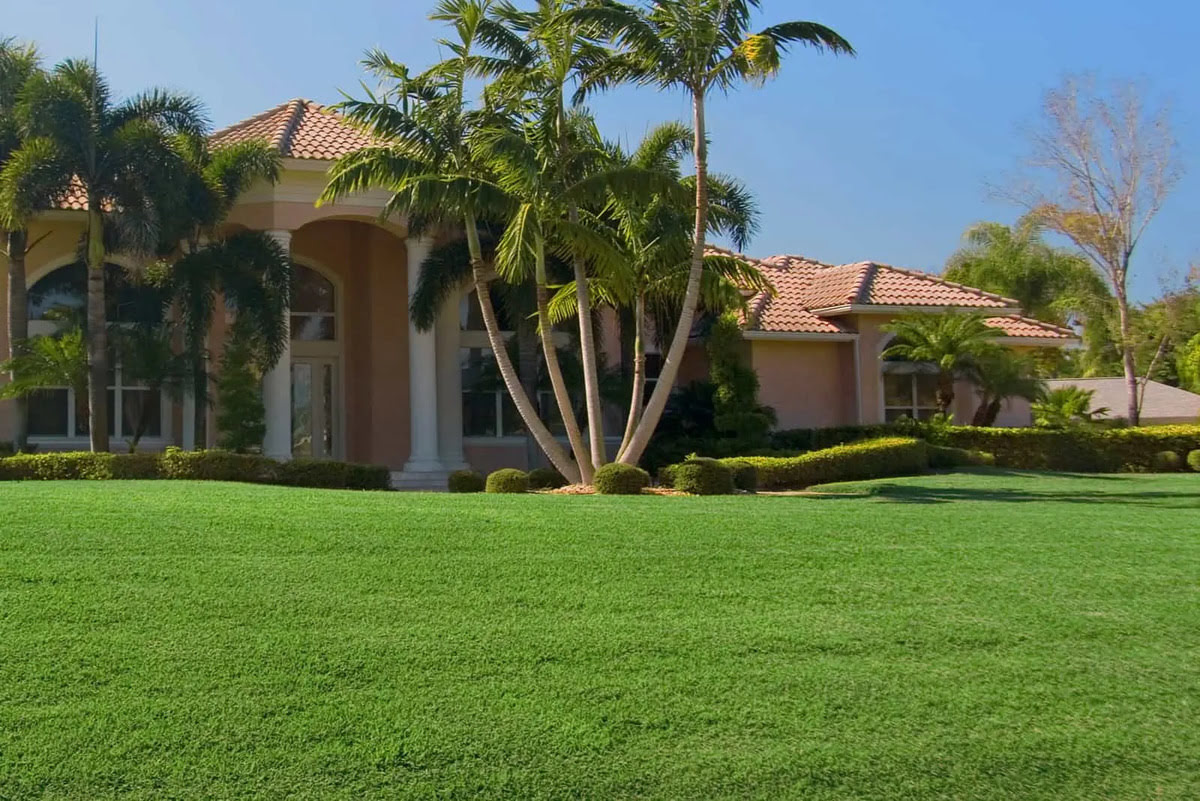
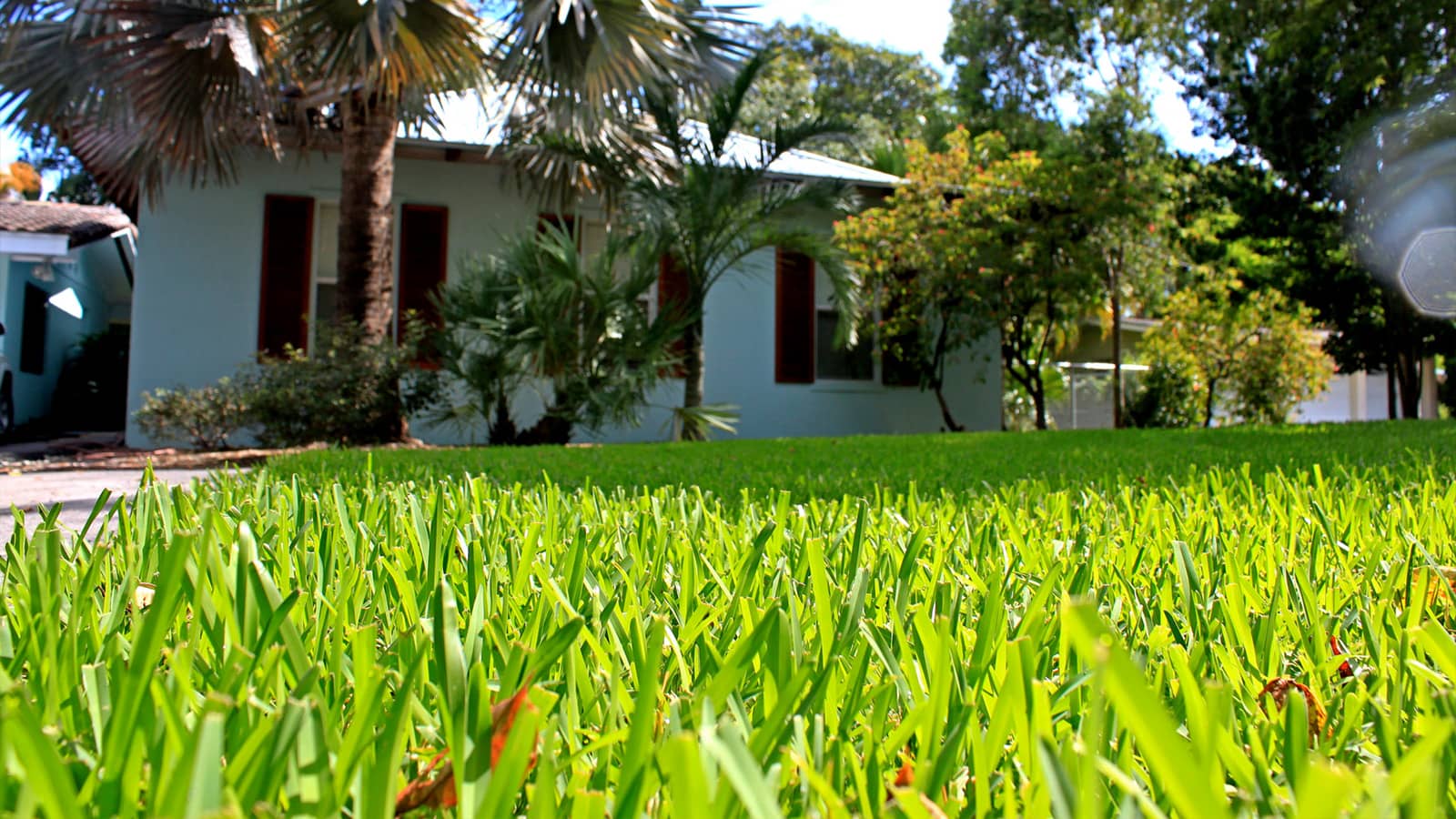
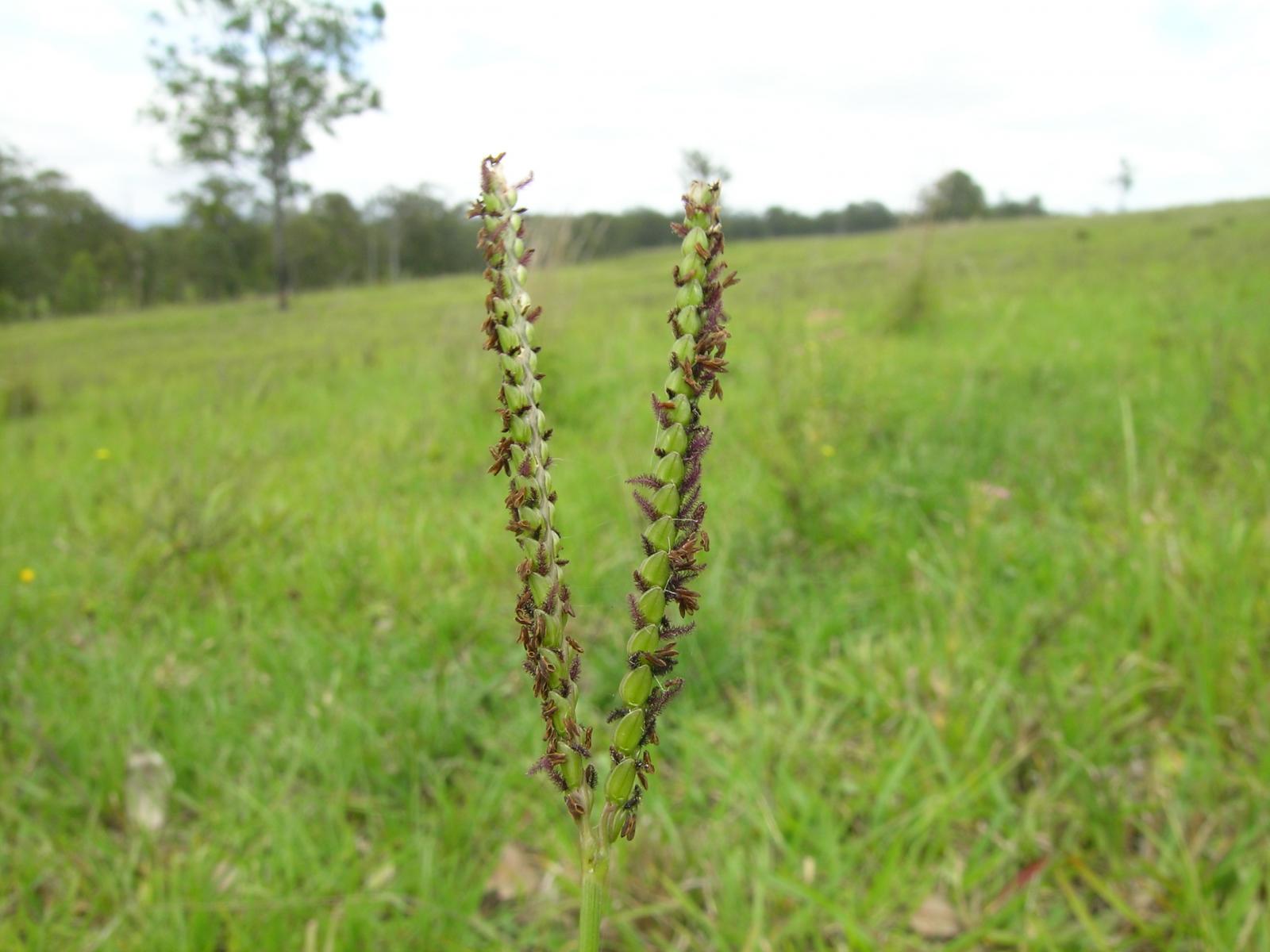
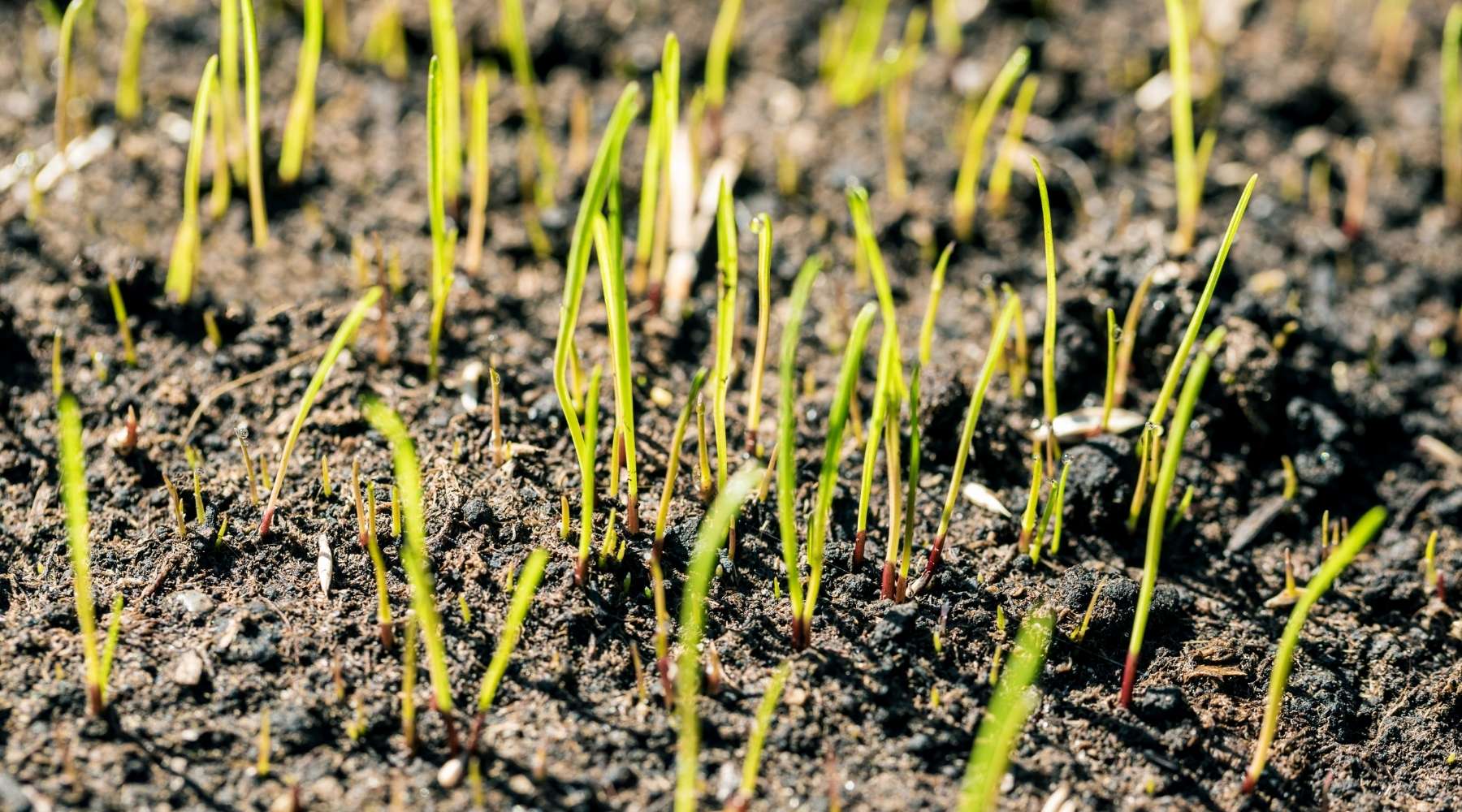
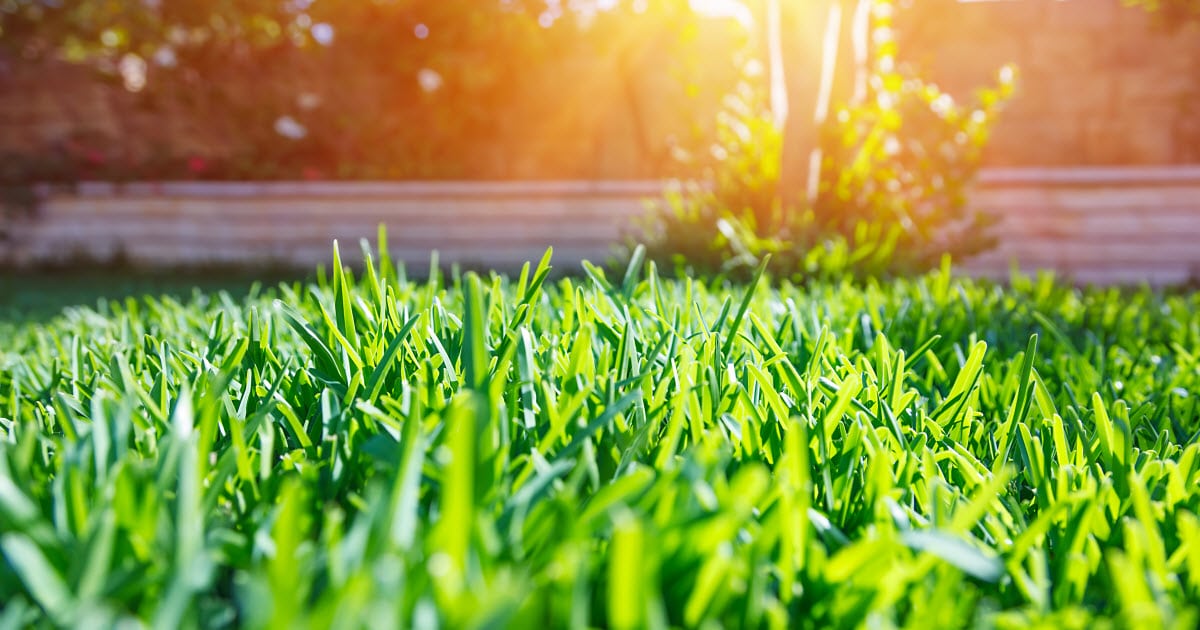
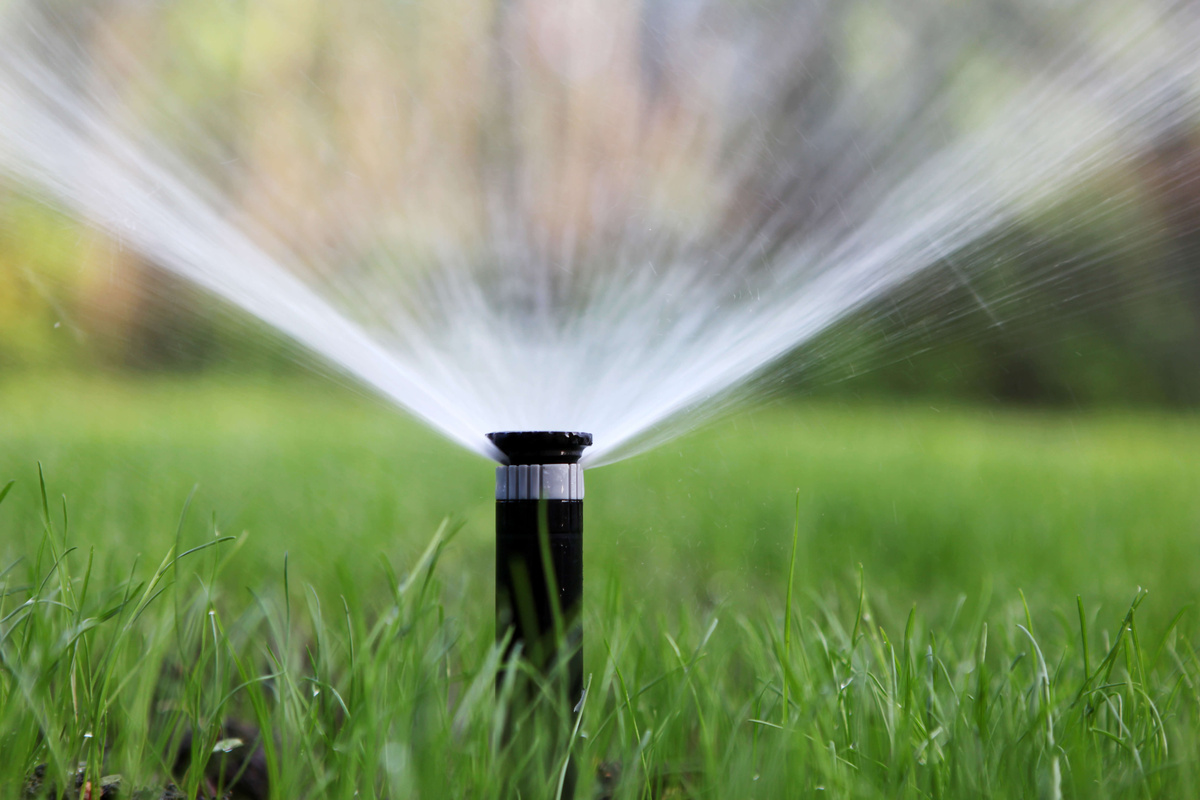
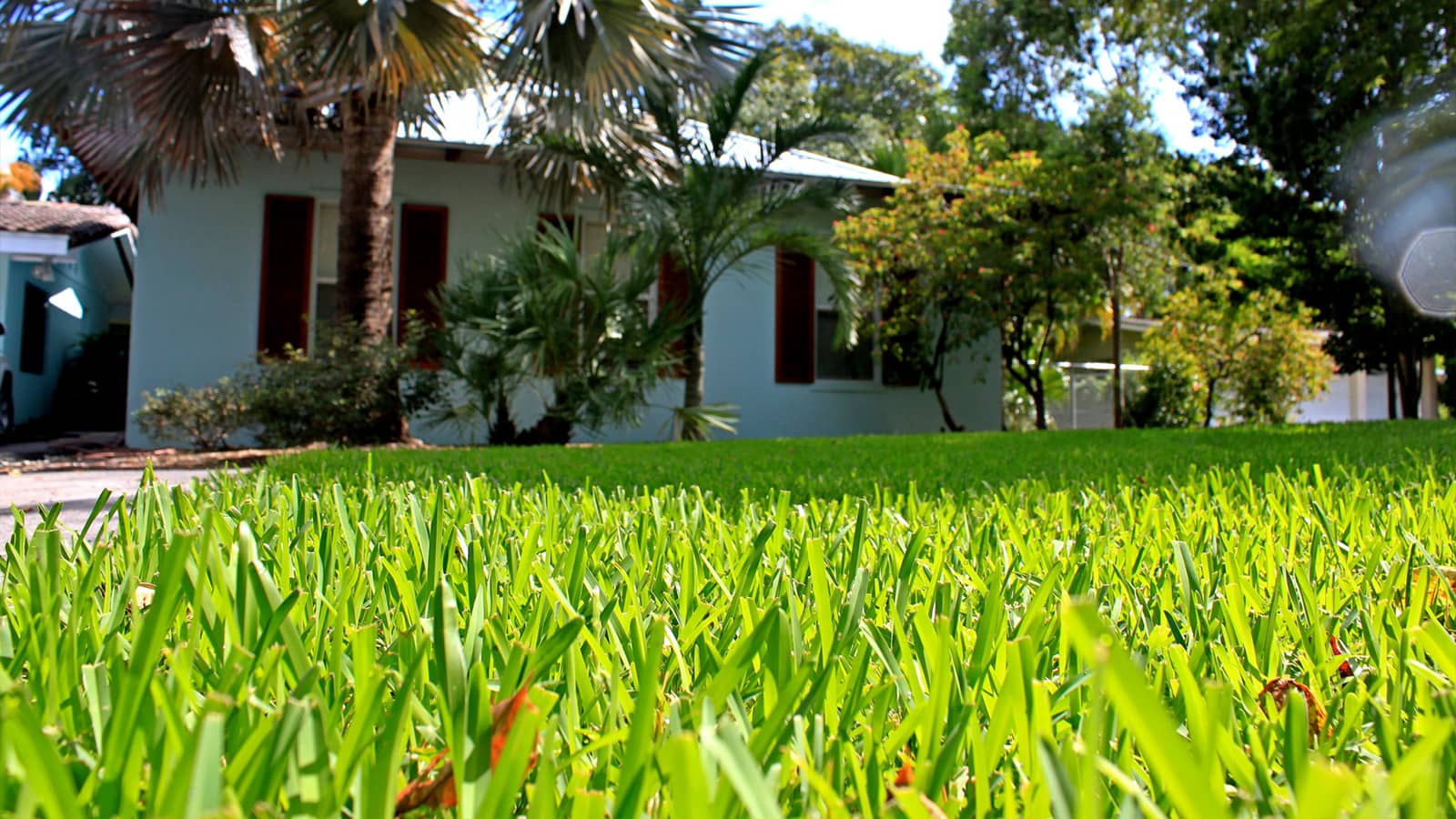
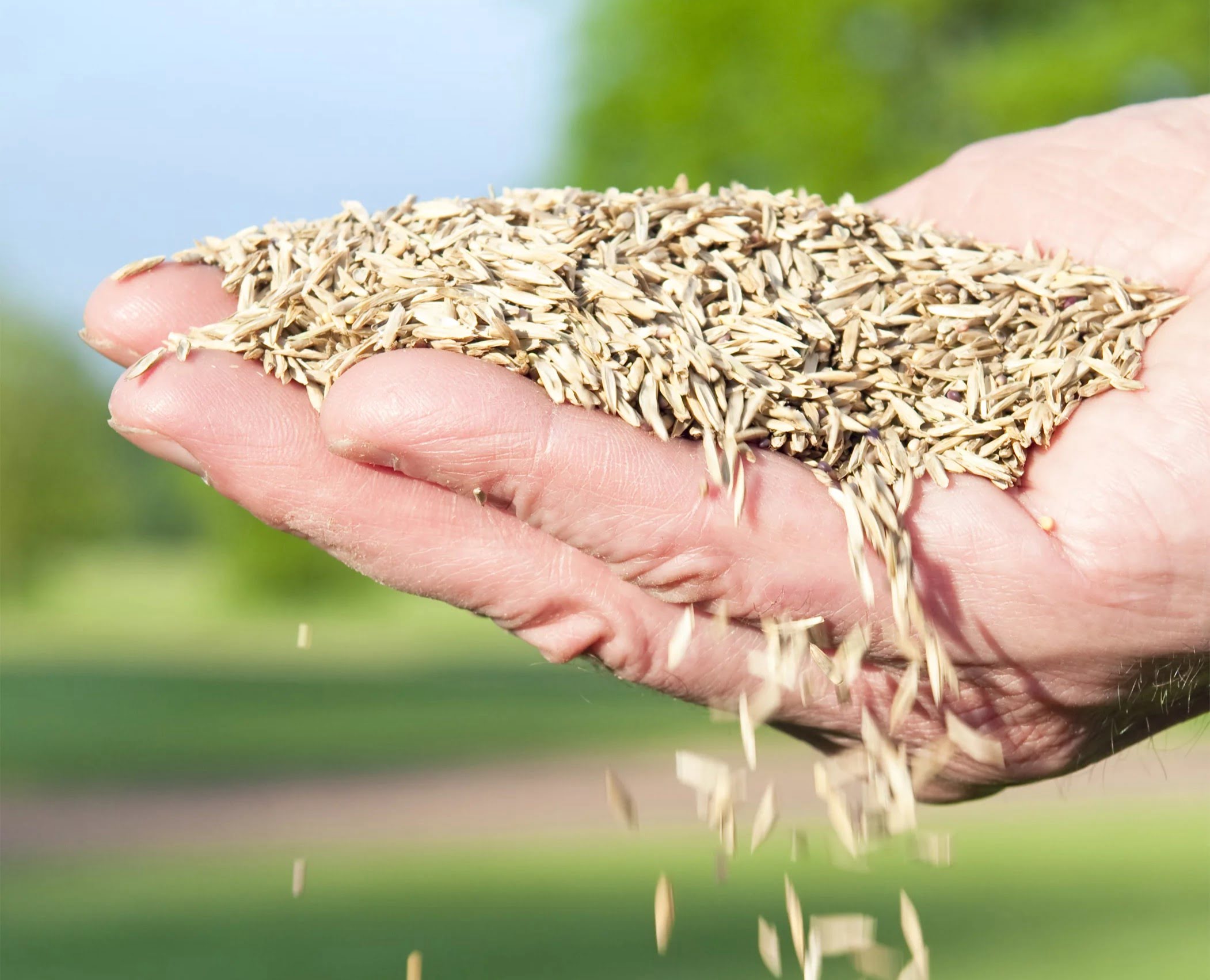
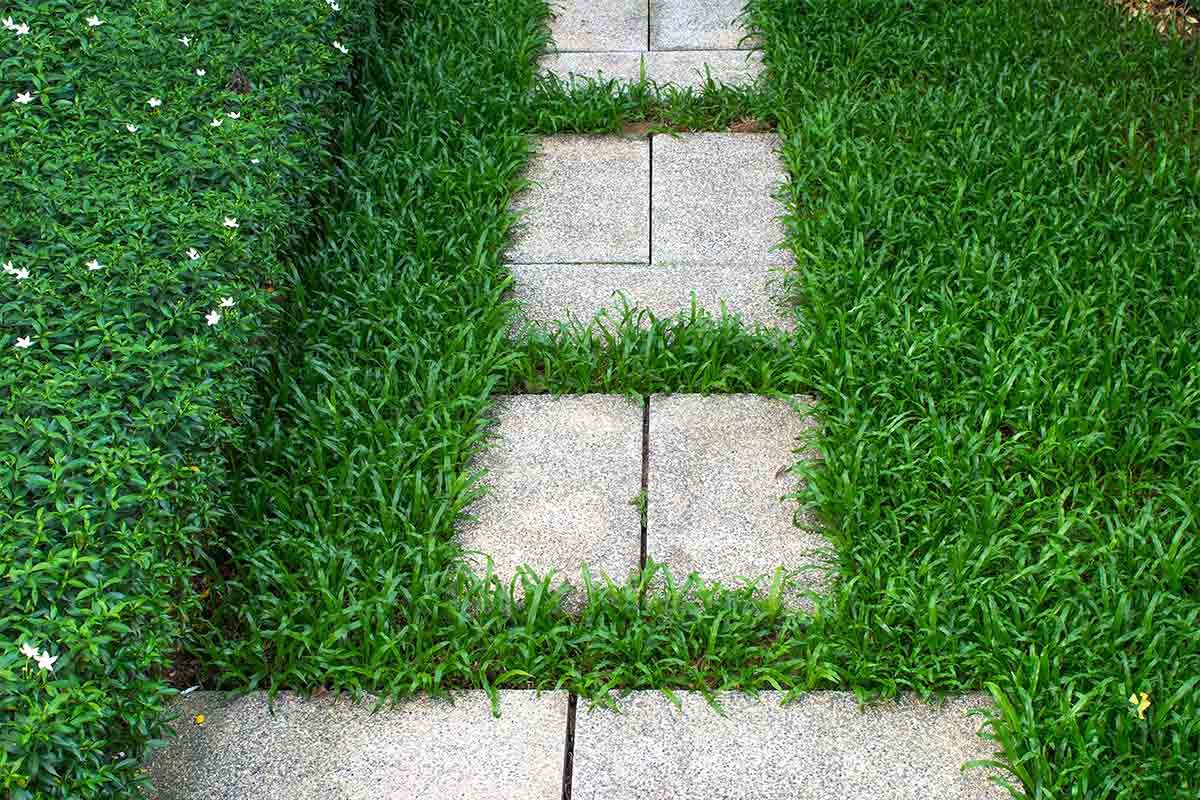
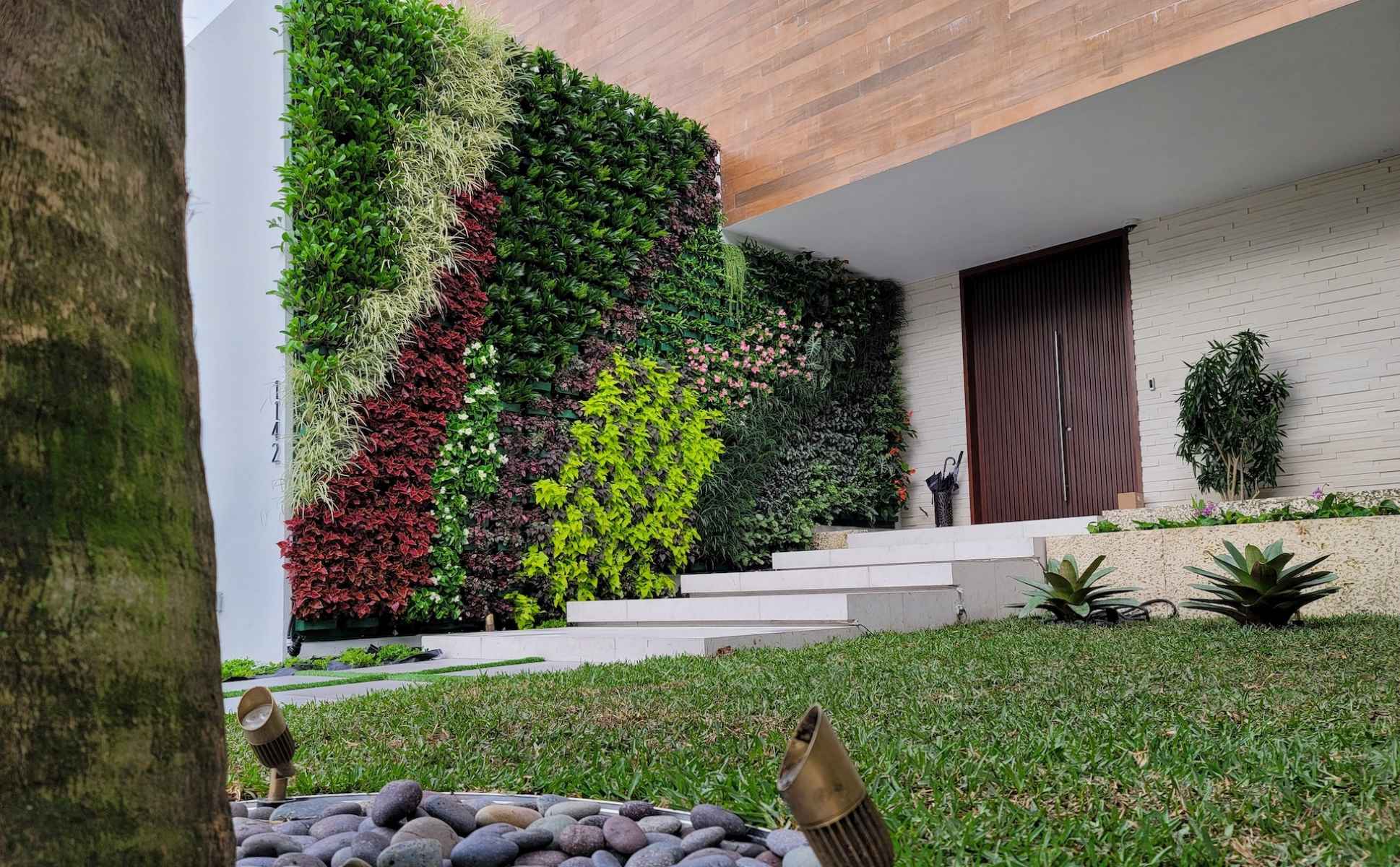
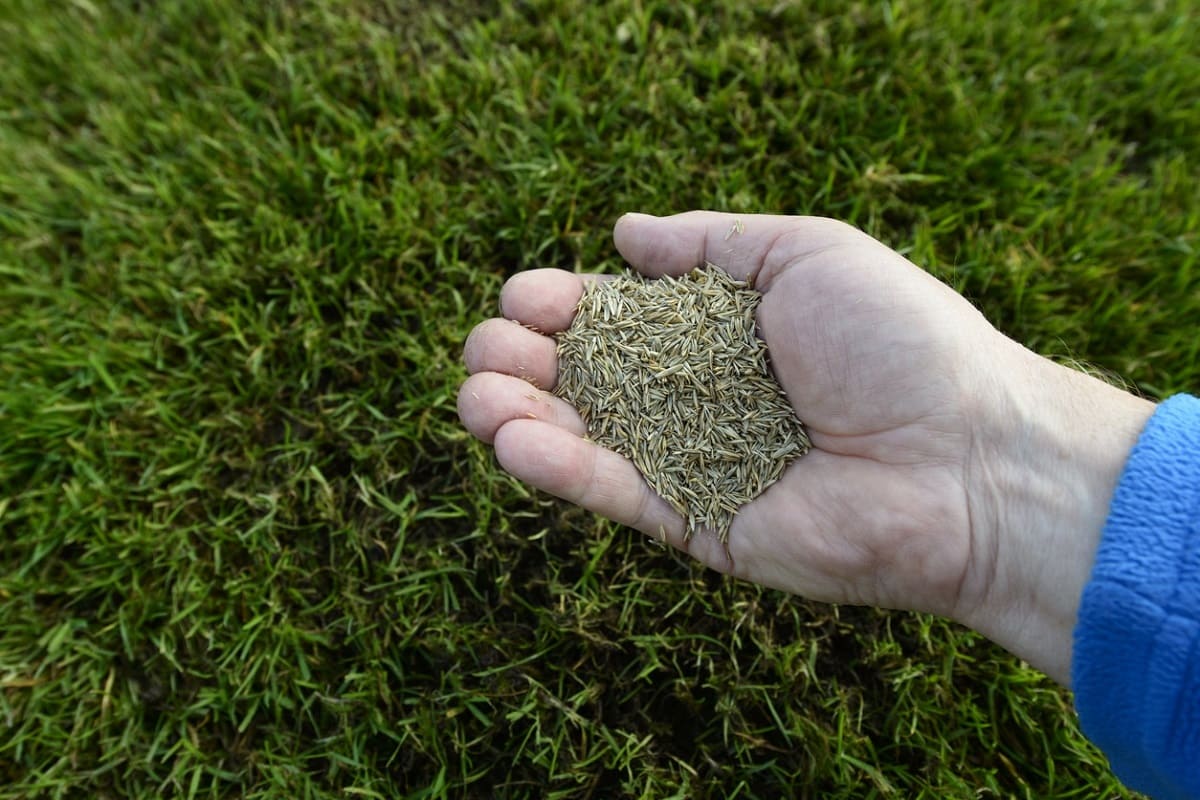

0 thoughts on “How To Seed Grass In Florida”